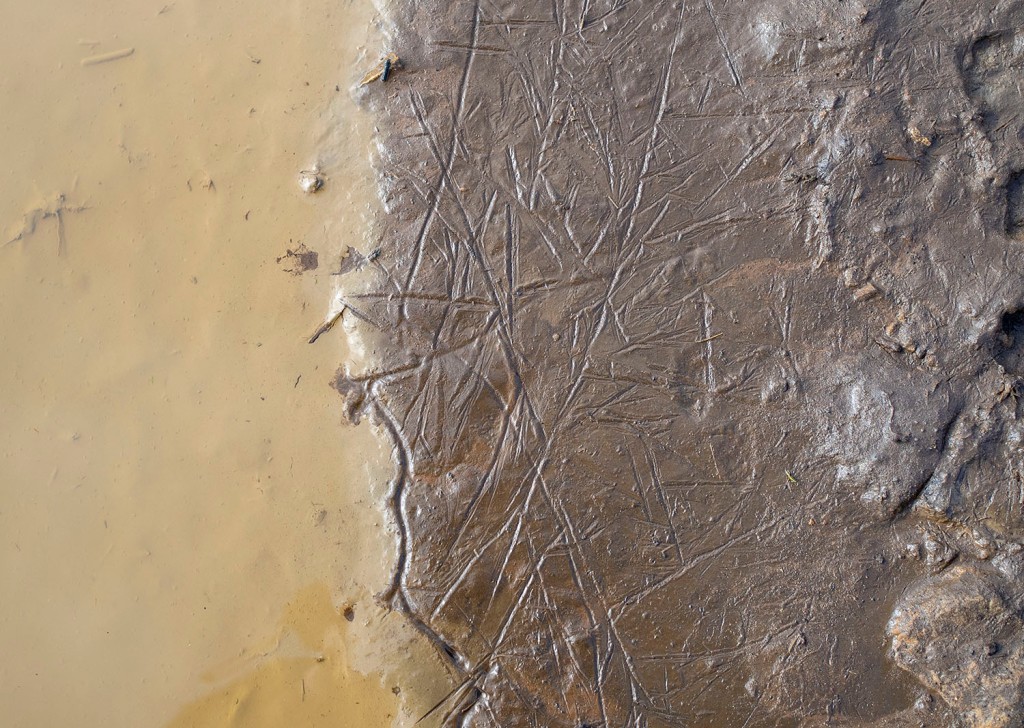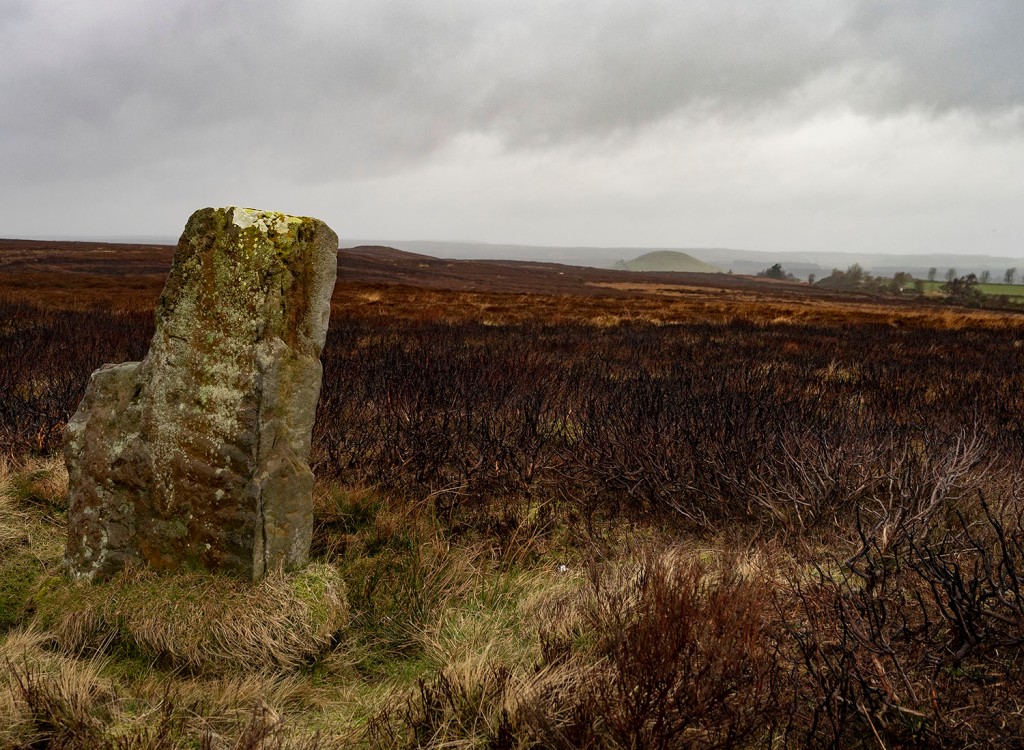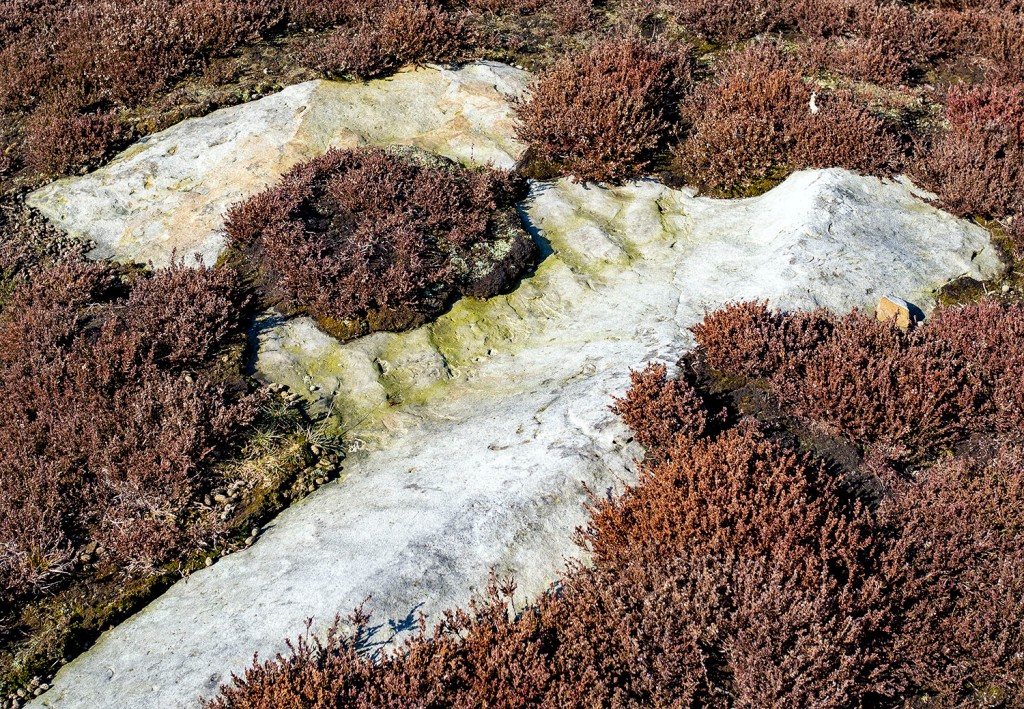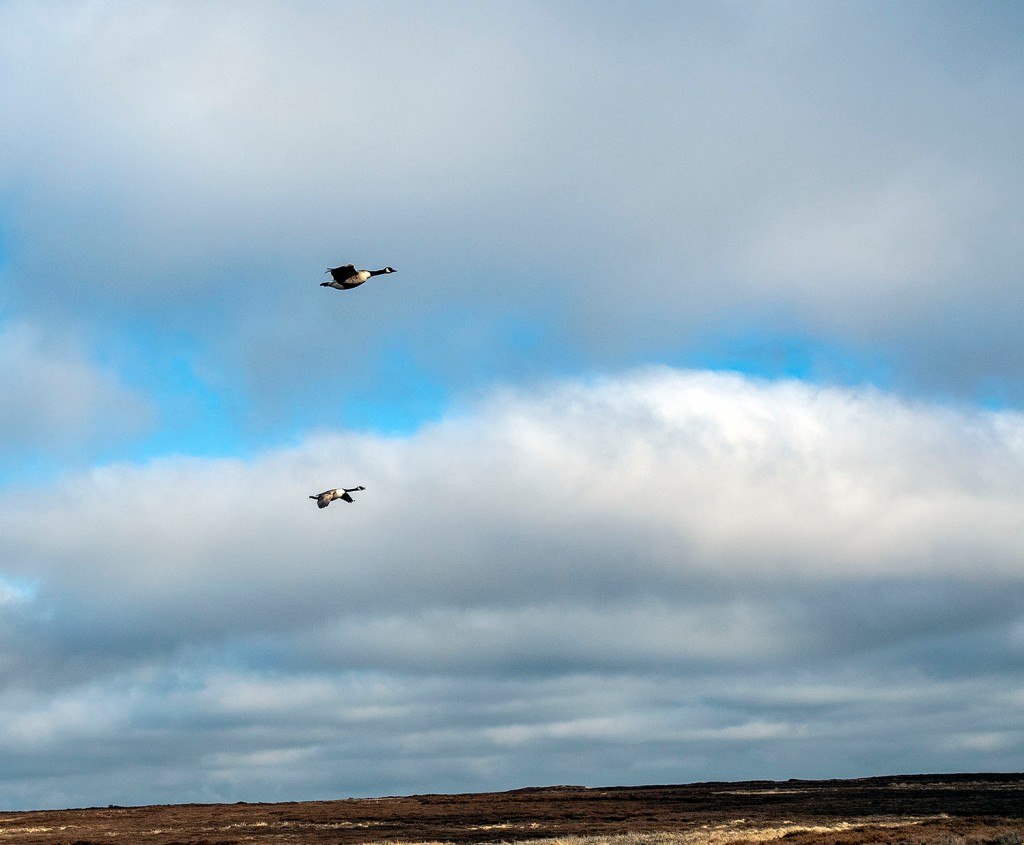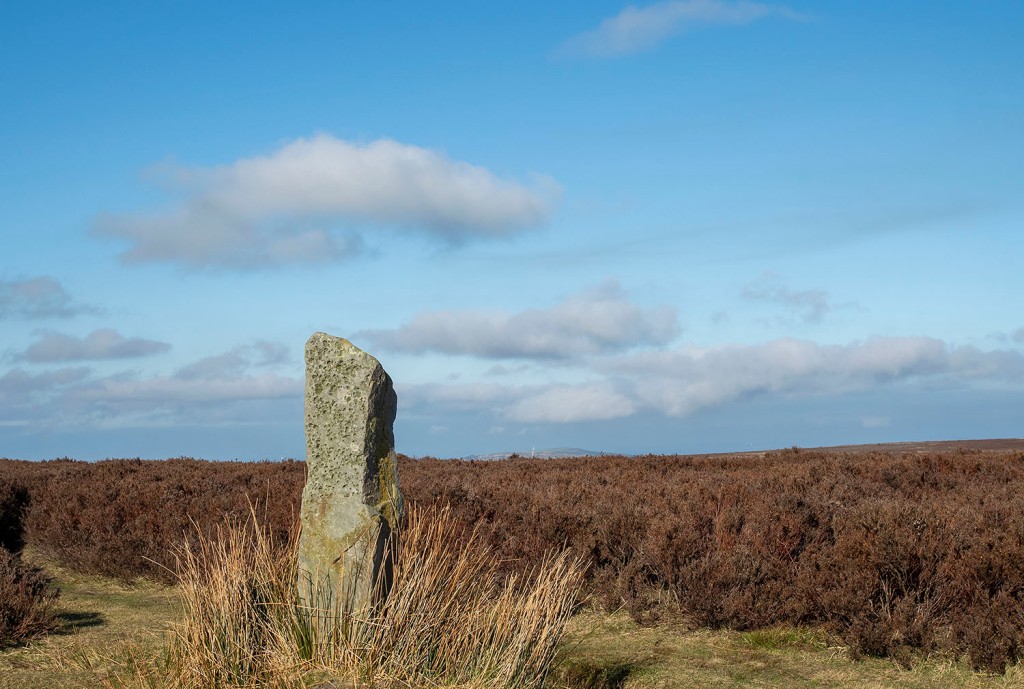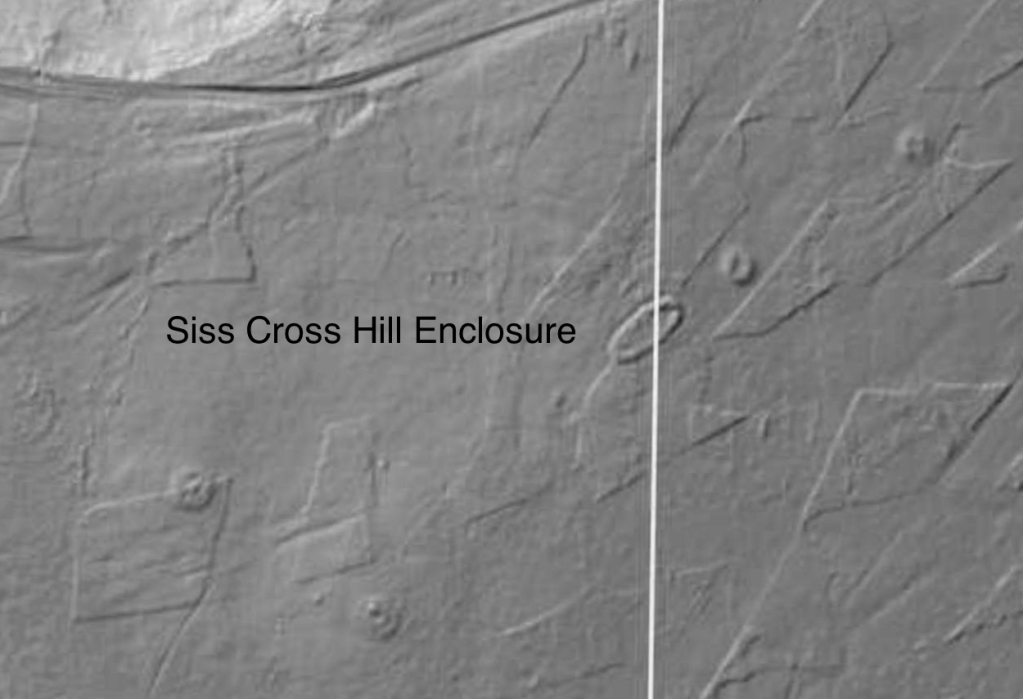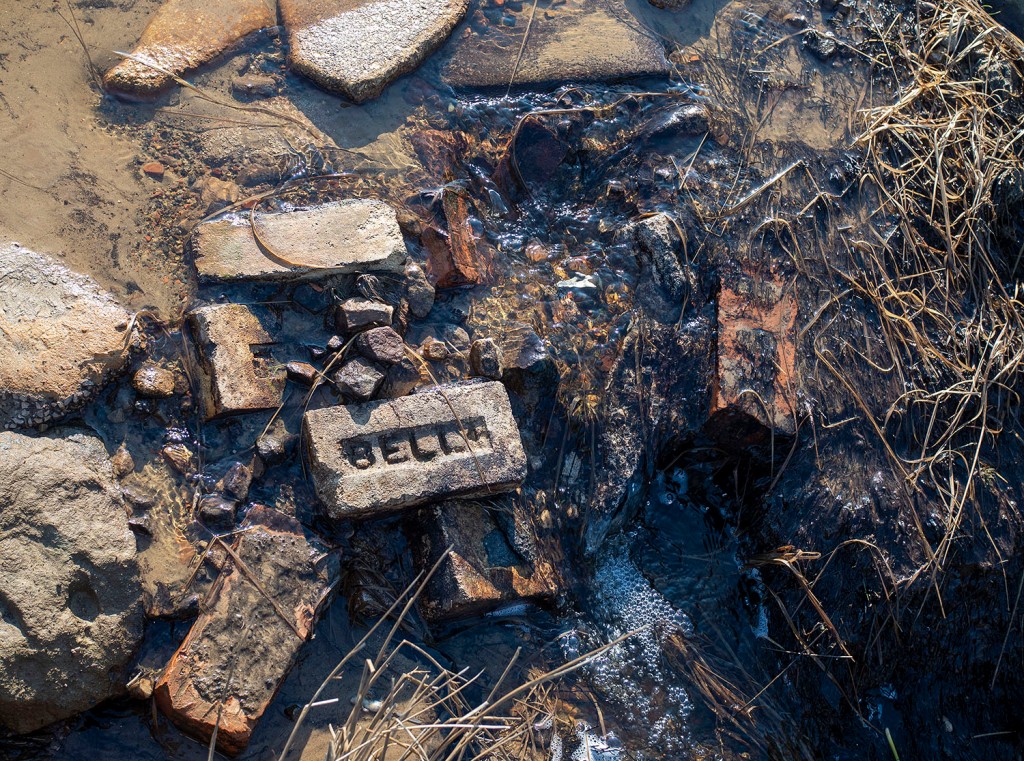Continuing my tour of the Wolds, I couldn’t drive past Britain’s tallest standing stone and not stop and say hello. I spent a little time just sitting in the sun watching the to and fro of visitors coming to admire the mighty stone.
In East Yorkshire, owing to the absence of suitable stone, megaliths are rare. Yet it contains the tallest monolith in the county if not England. It stands even yet on a sacred site, in Rudston church yard, five miles west of Bridlington. it is 25 1/2 feet high, 3 1/2 feet higher than the tallest sarsen at Stonehenge., and is 6 feet wide and 2 1/2 feet thick at the base. It has been shaped out of a block of grit, the nearest outcrop of which occurs in the cliffs and scars of Cayton and Carnelian Bays over ten miles away. It doesn’t appear to have been noticed that on the north-east side of the churchyard there is an upright stone of grit, rudely triangular in shape, and 3 to 4 feet high. Near it is a cist of sandstone slabs, probably unearthed by some sexton.
Frank & Harriet Wragg Elgee. 1932


What Frank & Harriet Wragg Elgee didn’t realise was that the Rudston monolith is just one element in a ritual landscape with a monument complex that is unequalled in Britain.
The Yorkshire Wolds are elevated upland plateau with an underlying geology of chalk and limestone. There is very little running water on the Wolds because the groundwater seeps through the chalk bedrock to form a network of underground streams and reservoirs. The Great Wold Valley, in the north of the Wolds, is the only valley close enough to the water table to sustain any amount of free-flowing surface water.
The stream that flows along the floor of the valley is called The Gypsey Race, the most northerly chalk river in Britain. The Gypsey Race is known as a winterbourne stream as it only flows when the water table is high enough to reach the valley floor. In summer the stream may only flows in small sections, if at all, before disappearing underground.
The stream rises at a series of springs close the Great Barrow of Duggleby Howe, it then flows eastwards along the Great Wolds Valley until it reaches the sea at Bridlington, a distance of about 20 miles.
The short course of the Gyspey Race is marked by a large number of prehistoric monuments, most of which date to the Neolithic. These monuments include a number of great barrows, cursuses (The greatest concentration in Britain), at least 1 henge, long barrows and various enclosures. This density of prehistoric monuments dating to around 3000-3500 BC makes it one of the most important Neolithic landscapes in our islands.

Little Argham Henge
The Rudston monolith is located on a spur in the angle of the Great Wolds Valley, the spur is the focus for 3 cursus monuments with 4th running along the valley. This indicates that Rudstone was probably an extremely important site 5000 years ago.
The area continued to be occupied throughout the Bronze and Iron ages. There are the remains of a large Roman villa close to the village, which, when excavated, revealed a couple of beautiful mosaic floors which can now be seen in the museum in Hull.
The church beside the Rudston monolith was founded in 1100AD, 4000 years after the monuments of the Great Wold Valley were constructed. It could be argued that Rudston is one of the oldest, continually-occupied sites in Britain. The builders of the church obviously still considered this site to be a ‘special’ place and chose to build their church next to the monolith rather than destroy it.

I’ve visited the Rudston monolith a number of times but had never previously set foot inside of the church, I took a look. One point of interest was the Norman font, that pattern is very similar to the font I’d seen at Weaverthorpe. The church is nice enough but to be honest, it cannot compete with its rude-stone neighbour and the ancient ritual landscape buried beneath the fields of the Great Wolds Valley.
I was recently having a conversation with a friend and mentioned my visit to Rudston. I told her about the Great Wolds Valley, she was quite surprised that she wasn’t aware of this huge ritual landscape. Perhaps these sites would be better known and understood if they were located in the south of our island rather than in a ‘remote’ corner of East Yorkshire.
Folklore
The Gypsey Race
Occasionally the Gypsey Race floods, this has happened roughly every 50-60 years causing devastation in the villages and farms along the Great Wolds Valley. The last flood event was Christmas 2012 and caused a number of homes to be flooded. As far back as the Middle Ages, the flooding of the Gypsey Race was said to foretell a national disaster. The stream is said to have flooded prior to the Great Plague of 1665, it is also said to have flooded prior to both World Wars. Thankfully 2013 was fairly uneventful in terms of national disasters.
The Rudston Monolith
The huge stone shares a legend with many other great stones that the stone was thrown at the church by the devil, as usual, the devil missed his target.
Sources
The Archaeology of Yorkshire by Frank & Harriet Wragg Elgee. 1933
The Archaeology of Yorkshire – An assessment at the beginning of the 21st Century. Edited by T.G. Manby, Stephen Moorhouse and Patrick Ottaway. Yorkshire Archaeological Society Occasional Paper No.3. 2003
A Gypsey’s Warning by Mike Haigh. Northern Earth. Issue 133. 2013
Lidar Image – https://www.lidarfinder.com/
Aerial Image – https://earth.google.co.uk/



















